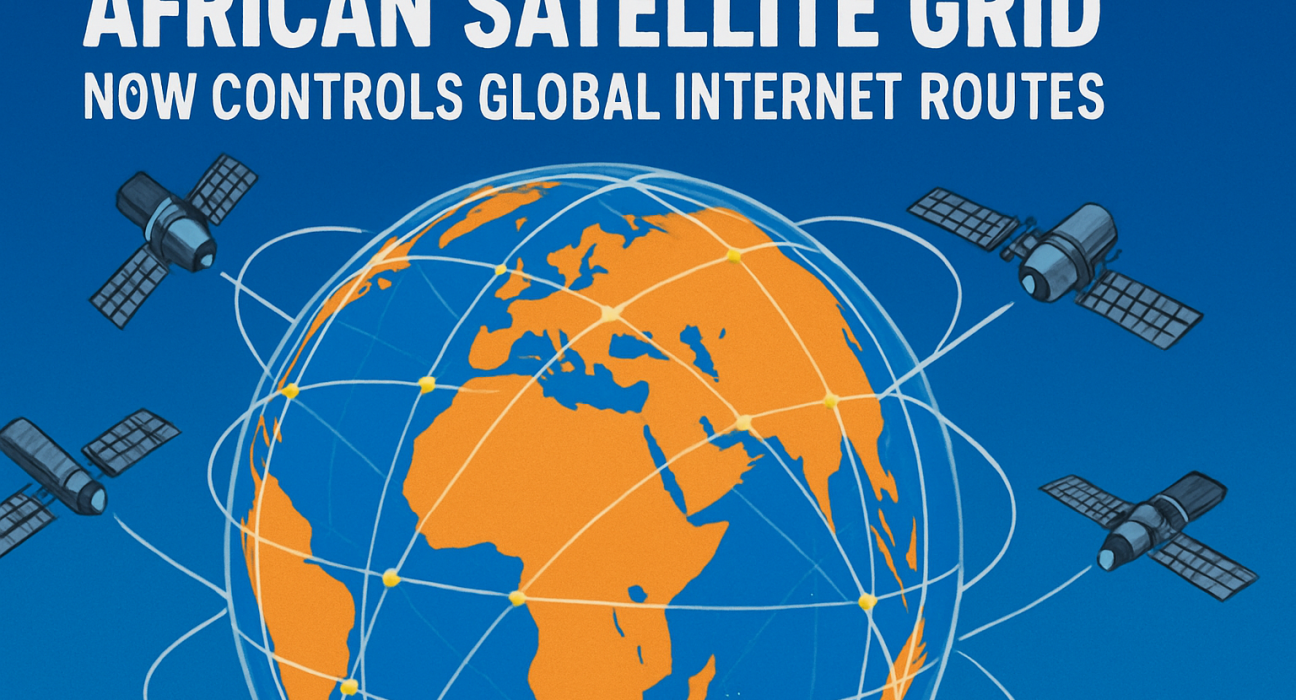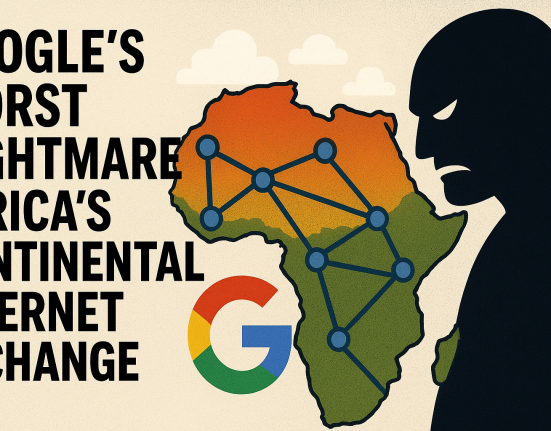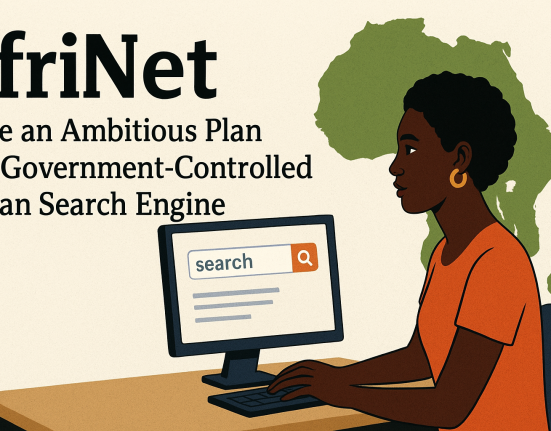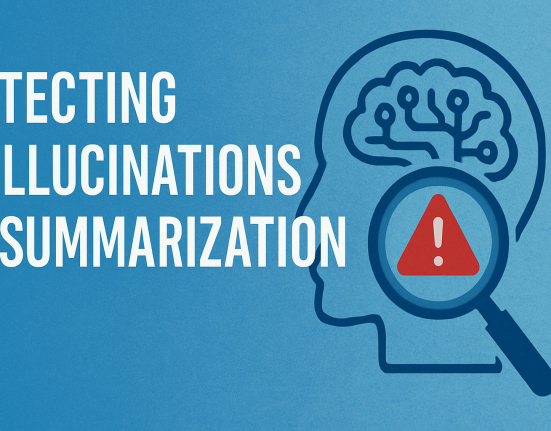Headline phrasing like “controls global internet routes” is dramatic — and useful for attention — but the reality is more subtle. Over the last three years Africa has dramatically increased its satellite capacity and institutional coordination, and that shift is changing how traffic is carried, routed and re-routed across the continent and, in specific circumstances, beyond it. Rather than an outright takeover of global routing, what’s happening is a meaningful redistribution of capability: satellites are becoming a strategic, resilient complement to undersea cables and terrestrial networks, and African actors are using that leverage to shape routing choices and policy. Connecting Africa+1
Why this matters now
Historically most long-distance internet traffic for Africa rode a handful of undersea cables. Repeated cable breaks and congestion in recent years — notably major outages in 2024 that affected dozens of countries — exposed how brittle that model can be and accelerated demand for alternative paths. Satellite links, which used to be niche and expensive, are now faster, cheaper and far more numerous thanks to a mix of LEO (low-Earth orbit), MEO (medium-Earth orbit) and modern geostationary services. That combination has turned satellites from a contingency tool into a viable routing layer for significant volumes of traffic. AP News+1
What “satellite grid” means in practice
When people say “satellite grid” they mean several things at once: multiple commercial constellations (Starlink, OneWeb, Amazon’s Project Kuiper, regional MEOs like SES), national and continental initiatives (African Space Agency coordination, AfDevSat-type projects), and a growing set of ground-station and teleport infrastructures operated by telcos and neutral carriers. Together these form redundant, interlinked paths that can carry user traffic end-to-end, or hand off traffic to undersea cables and terrestrial networks at different PoPs (points of presence). Those handoffs — and the commercial and regulatory choices that govern them — are precisely where influence over routing occurs. pan.uvic.ca+1
Recent developments that increase African influence
• Institutional coordination: The African Space Agency and continental programs have pushed for shared infrastructure, common licensing frameworks and capacity building — steps that let African governments and companies steer procurement and peering choices rather than simply buying capacity from distant providers. African Space Agency
• Commercial capacity growth: Cargo providers and operators (for example SES expanding MEO capacity) are deliberately boosting African coverage and peering options, which increases local and regional routing choices. Connecting Africa
• Telco partnerships: Major African carriers are piloting resale and integration agreements with LEO and MEO operators — for instance, MTN and others exploring reseller models — so national operators can route traffic via satellites under terms they control. That changes who decides routing policy inside countries. Reuters
Where influence is real — and where it’s not
Real: in outages, remote coverage and regulatory leverage. When a cable is cut, satellite paths are often the fastest way to restore service; when a government wants to ensure local traffic stays within borders, a combination of local ground stations plus satellite links gives it new, enforceable options. Commercial agreements and national licensing regimes also give African states and operators bargaining power over where and how traffic is exchanged. AP News+1
Not (yet) real: wholesale replacement of undersea or backbone routing. Satellite links still face constraints — cost per gigabit at scale, spectrum and orbital slot limits, and in many cases higher latency than well-provisioned fiber. Global backbone routing for major cloud providers, content delivery networks and international carriers still depends primarily on subsea and terrestrial fiber, and on the business relationships that govern peering and transit. In short: satellites are powerful and growing, but they are complementary to — not complete replacements for — existing global infrastructure. First Monday+1
Geopolitics and commercial implications
Because satellites cross borders and rely on launch/ground infrastructure often controlled by foreign companies or states, the rise of African satellite capability creates both opportunities and tensions. Regional procurement and shared constellations can enhance digital sovereignty; but international players (commercial and state) are also racing to secure customers, spectrum and influence. Expect more negotiations over licensing, data localization, transit costs and spectrum allocation — and more public-private partnerships designed to keep influence and value on the continent. Le Monde.fr+1
Bottom line
The African satellite “grid” is not an immediate, monolithic controller of global internet routes — but it is increasingly a decisive actor in routing decisions that matter locally, regionally and in disruption scenarios. For African governments, operators and users this is largely a net positive: greater resilience, more bargaining power and more choices. For global operators, it’s a new variable to manage in traffic engineering, commercial strategy and geopolitics. Over the next few years, the balance will depend on how quickly satellite capacity scales, how ground infrastructure and peering are developed, and how national and continental policies steer ownership and access. Connecting Africa+2African Space Agency+2








Leave feedback about this
You must be logged in to post a comment.